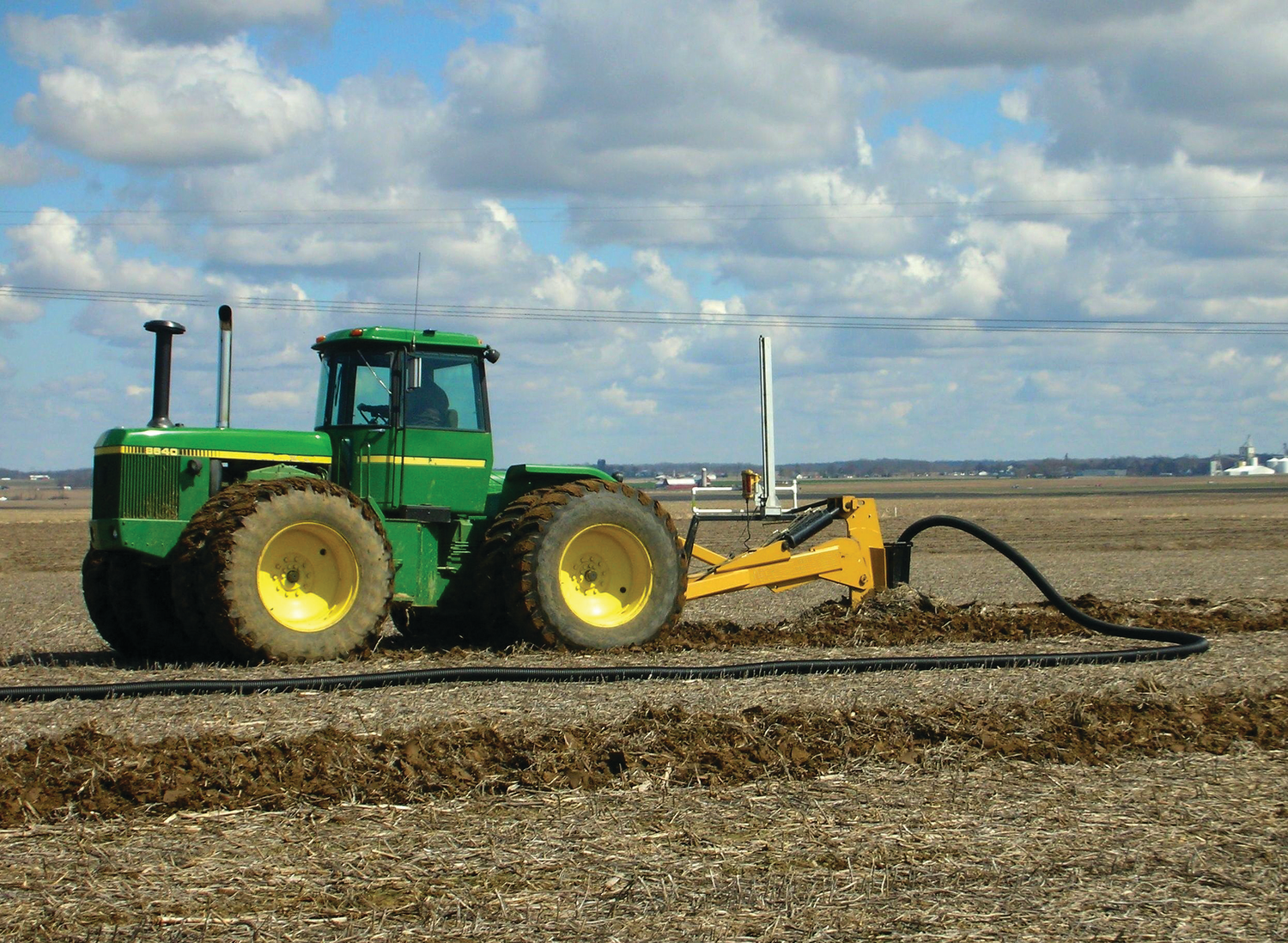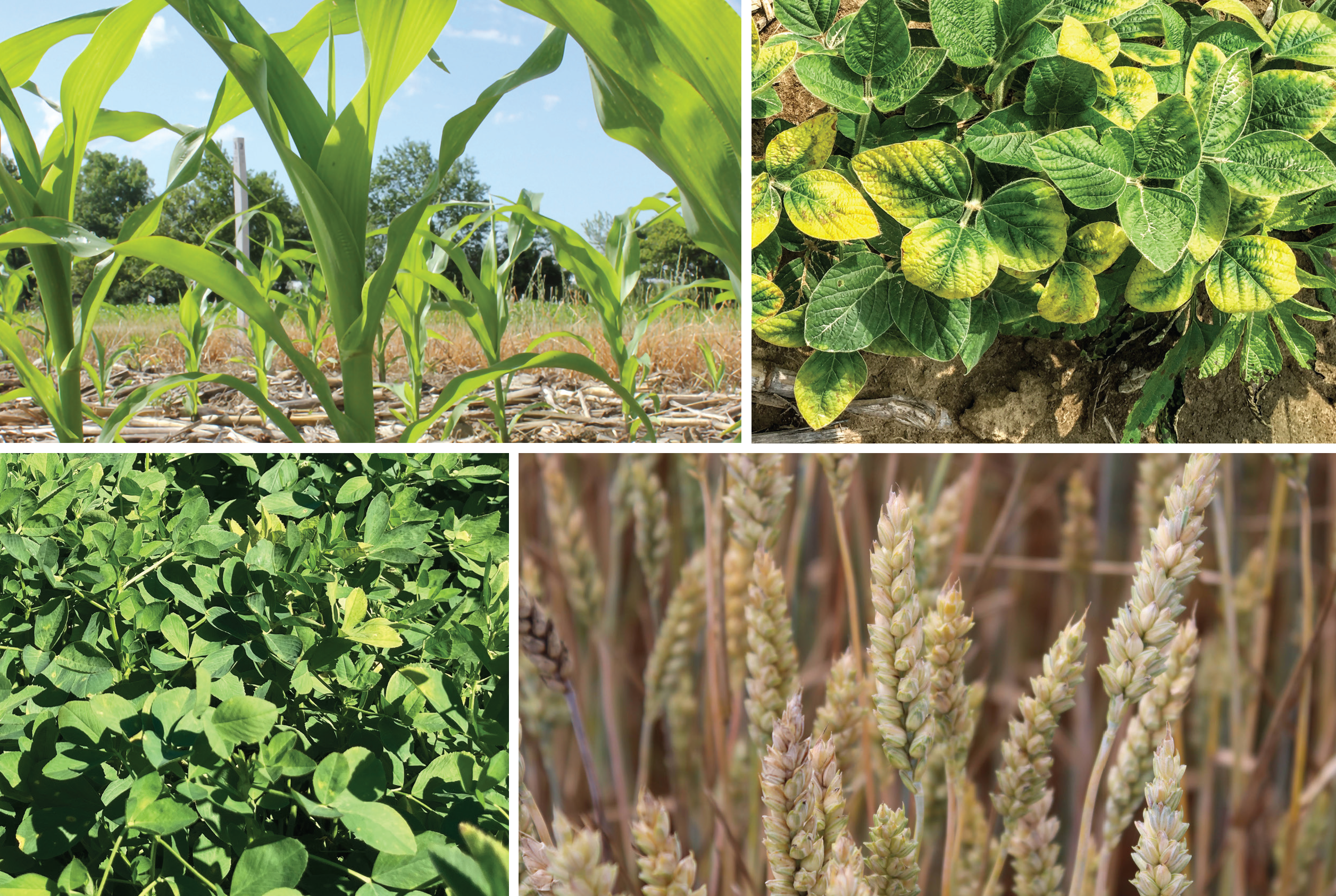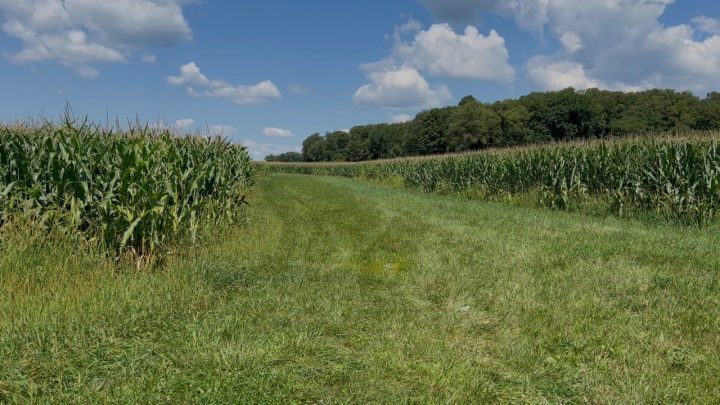Drainage Water Management: Water Quality, Soil and Increasing Yields

By Darla Huff, Director of Agriculture, Advanced Drainage Systems, Inc.
For decades, particularly in the Midwest and northern parts of the United States, farmers have utilized tiling and drainage to improve their yields and their business results. Today there is an increased focus on improving environmental water quality in the lakes and rivers across Ohio, and the implementation of programs such as H2Ohio to reduce harmful algal blooms. And with drainage water management (DWM), farmers now have another powerful tool to improve water quality while boosting their bottom line.
Improve Soil Health and Reduce Environmental Runoff
In the past, the ag industry was focused almost exclusively on the benefits of solely removing water from farm fields through drainage versus the additional benefits of truly managing that water through DWM. Many farmers now recognize that DWM goes well beyond removing water, particularly in relation to soil health and nutrient runoff, which is a continual concern in Ohio. For example, more than 10 years ago, the Ohio Lake Erie Phosphorus Task Force recommended a 40 percent reduction in phosphorus loadings from the Maumee River to Lake Erie to reduce or eliminate harmful algal blooms.
In that regard, DWM, which manages the amount of water stored, timing and velocity of release from the field, has proven incredibly effective in reducing both phosphorous and nitrogen runoff from agriculture sites across the country. A 2016 North American study, for instance, demonstrated a total reduction of 60 percent nitrogen and 58 percent total phosphorous runoff, and for farms in Ohio, DWM reduced dissolved phosphorus load runoff by 40 percent to 68 percent annually between 2006 and 2012.
Studies also demonstrate that drainage can reduce nitrogen runoff by 20-40 percent each year, and reduce annual nitrogen loads by as much as 22 lbs./acre. Dozens — if not hundreds — of other studies across the country confirm significant levels of nutrient runoff reductions thanks to DWM.
Drainage Also Pays
Not only does DWM improve soil health year after year, it keeps these nutrients out of our nation’s waterways while increasing crop yields — which is top of mind for our farmers. For instance, a long-term, 25-year drainage, tillage and crop rotation study in Northwest Ohio on the Hoytville silty clay soil found that soybean yields increased 13 percent to 46 percent due to subsurface drainage. According to that study, the benefit:cost ratio was around 3:1 when installing a new drainage system for soybeans.
Ohio State researchers examining yield improvement data also found that for every dollar put into drainage improvement, there is a payback of at least $1.20 when growing soybeans.
Thanks to today’s favorable commodity pricing, that benefit is likely even higher. Our Advanced Drainage Systems (ADS) ag customers, for instance, regularly recoup their investment in fewer than five years. Finally, H2Ohio and the Ohio EPA recently identified ten emerging technologies that could play an important role in the reduction of harmful algal blooms (HABs) in Lake Erie. One of those, Agri Drain’s Smart Drainage System™ from one of our ADS industry partners, was recommended for improving both “the environmental performance of agriculture and farm economic viability.”
While DWM has been a staple for many Midwestern farmers, increased environmental focus and a continued improvement in soybean crop yields is driving the momentum, interest and necessity for exploring and expanding this practice across all 5 million acres of soybean farms in Ohio. If you have any questions about DWM and how it can help improve your farm business while protecting the environment, contact darla.huff@adspipe.com.

